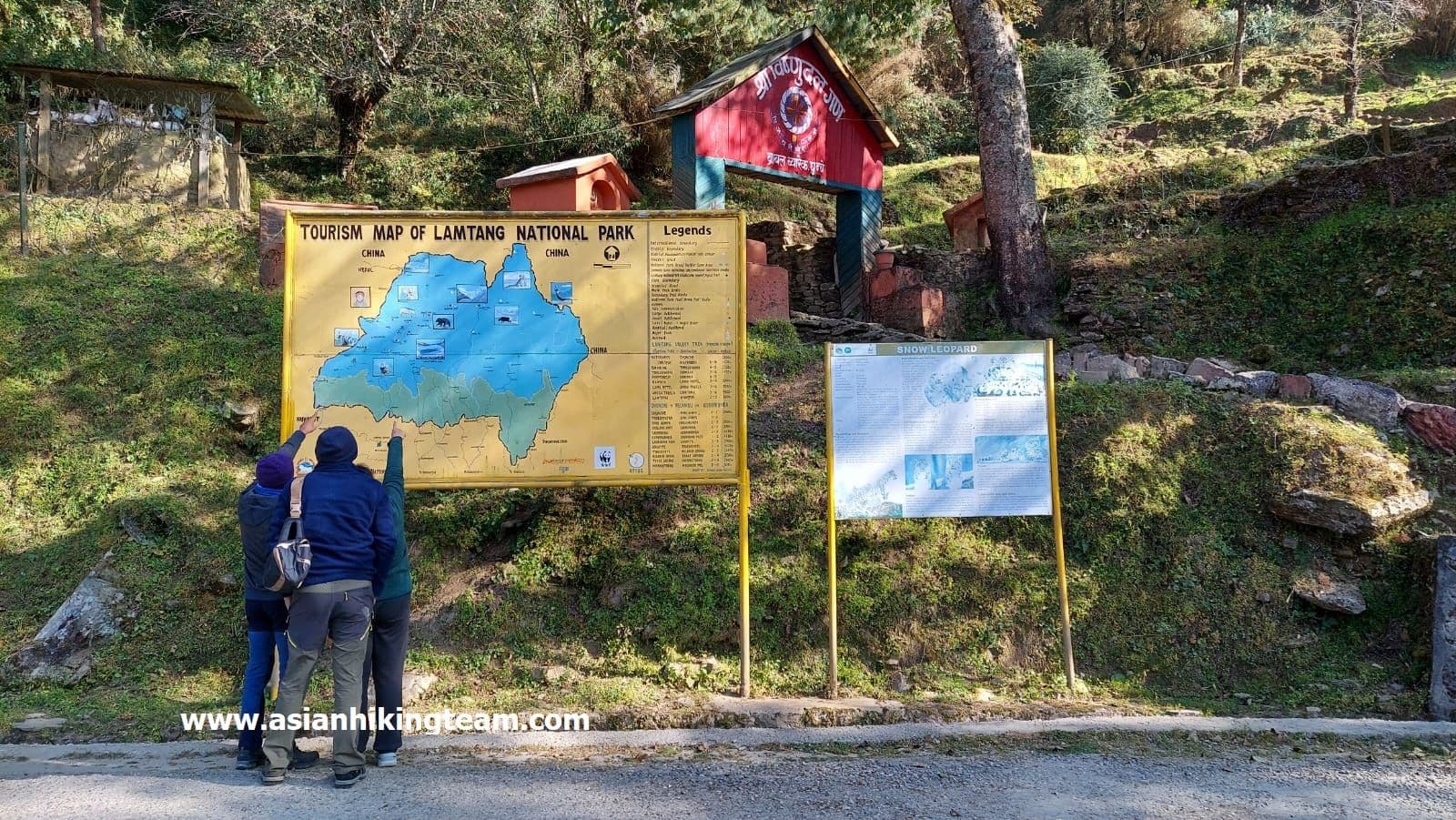Determining Langtang Hidden Valley

 bySuman Neupane
bySuman NeupaneNuzzled just north of Kathmandu, Langtang hidden Valley offers one of Nepal's most accessible yet true Himalayan trekking experiences. Often outshined by the famous Everest and Annapurna regions, Langtang combines breathtaking mountain scenery with rich cultural heritage, making it an ideal destination for voyagers seeking both natural beauty and cultural immersion. The hidden valley's closeness to Kathmandu (just 122 km) means no domestic flights are required, making it both logistically appropriate and budget-friendly.
The Langtang Hidden region is home to the Tamang people, an indigenous group with Tibetan roots whose culture, language, and traditions have remained remarkably preserved. The valley also expresses a story of remarkable flexibility, having been dreadfully devastated by the 2015 earthquake that buried entire villages under landslides. Today, the rebuilt communities welcome visitors with warm hospitality, offering trekkers a chance to contribute to the local economy through tourism
Different of Nepal's more commercialized trekking routes, Langtang maintains a sense of serenity and legitimacy. The trek takes you through lush rhododendron forests, past cascading waterfalls, across glacial rivers, and into high-altitude landscapes where yaks graze against a backdrop of snow-capped peaks. With trekking durations typically ranging from 5-10 days and maximum altitudes around 4,000 meters, Langtang is both achievable for beginners and gratifying for experienced trekkers
Why Choose Hidden Langtang Valley?
Spectacular Scenery without the Crowds
While Everest and Annapurna regions draw larger crowds, Langtang offers equally striking vistas without the mobbing. The valley boasts panoramic views of peaks like Langtang Lirung (7,234m), Dorje Lakpa (6,966m), and Gangchempo (6,388m). Trekkers can witness diverse landscapes, ranging from subtropical forests to alpine meadows and glacial moraines.
Cultural Engagement
The Langtang region is culturally rich, with approximately 80% of the population belonging to the Tamang community. Their Tibetan-influenced culture is evident in traditional stone houses, ancient Buddhist monasteries, prayer walls adorned with mani stones, and vibrant festivals. The Tamang people are known for their genuine hospitality, offering visitors a chance to experience authentic Himalayan culture beyond commercialized tourism.
Accessibility
Unlike other Himalayan treks that involve expensive domestic flights, Langtang is accessible by road from Kathmandu. The drive to Syabrubesi (the trekking starting/ending point) takes approximately 6-8 hours through scenic mountainous terrain.
Affordability
With shorter duration and lower overall costs, Langtang represents excellent value. Trekking costs are approximately $35-100 per day depending on style (independent vs. guided, or package), making it one of Nepal's most budget-friendly treks.
Best season
The optimal times for trekking are during the dry seasons of March-May and September-November. October and November are particularly ideal with stable weather conditions and excellent visibility. Spring offers the added bonus of vibrant rhododendron blooms painting the forests in shades of red and pink. While winter /monsoon trekking is possible, be prepared for cold conditions and potential trail closures due to snow at higher elevations.
Required Permits and Fees
Langtang National Park Entry Permit: Costs NPR 3,000 (approximately $23 USD) per person. This can be obtained at the Nepal Tourism Board office in Kathmandu or at the park entrance checkpoint in Dhunche or by Gov. Reg; trekking agency. TIMS Card (Trekkers' Information Management System): Costs NPR 2,000 (approximately $15 USD) for foreign trekkers. As of 2023, this must be obtained through a registered trekking agency in Nepal. No longer need.
Day by Day Langtang Trekking Itinerary
Day 1: Kathmandu to Syabrubesi (1,460m)
Day 2: Syabrubesi to Lama Hotel (2,500m)
Day 3: Lama Hotel to Mundu (3,443m) via Langtang Village
Day 4: Mundu to Kyanjin Gompa (3,870m)
Day 5: Acclimatization Day at Kyanjin Gompa
Day 6: Kyanjin Gompa to Lama Hotel
Day 7: Lama Hotel to Syabrubesi
Day 8: Syabrubesi to Kathmandu
Festivals and Celebrations
The Tamang calendar features lively festivals that trekkers might encounter:
Lhosar: The Tamang New Year, celebrated with traditional Selo dances and Damphu drumming.
Buddha Jayanti: Marks the birthday of Lord Buddha with prayers and rituals at monasteries.
Dumje: A festival at Kyanjin Gompa where people wear masks and dance to honor Guru Rinpoche.
Chyamgi Puja: The Horse Festival, celebrating the Tamang people's ancestral warrior traditions
Accommodation:
Along the Langtang route, accommodation is provided in family-run teahouses offering basic but comfortable lodging. Rooms typically feature twin beds with simple mattresses and shared bathroom facilities. Blankets are provided, but most trekkers prefer to use their own sleeping bags for added warmth and hygiene. Teahouses serve as social hubs where trekkers gather around warm stoves in dining areas, sharing stories over meals. This creates a strong sense of community among trekkers and with local families.
Food and Water
Menus along the trail feature a mix of local Nepali dishes and western options:
Dal Bhat: The staple meal of lentil soup, rice, and vegetables—popular for its "24-hour power".
Noodles and pasta: Various fried noodle dishes and pasta options.
Momos: Tibetan-style dumplings, either steamed or fried.
Potato dishes: Fried, boiled, or mashed potatoes are common at higher elevations.
Yak cheese: Local specialty produced in Kyanjin Gompa.
Conclusion: Experience of Langtang hidden valley Trekking
The Langtang Valley trek offers more than just physical challenge and beautiful scenery. It provides a profound cultural experience and opportunity for personal transformation. The slow pace of trekking, nonappearance of constant connectivity, and genuine connections with local communities create space for meaningful reflection and connection with both nature and people?
The flexibility of the Langtang people, who rebuilt their lives and communities after unimaginable tragedy, serves as motivation to visitors. By trekking in Langtang, travelers directly contribute to the local economy and recovery efforts, making their journey not just personally rewarding but socially responsible.
Whether you're an experienced trekker or embarking on your first Himalayan adventure, Langtang Valley offers an accessible yet true experience that captures the essence of Nepal's natural beauty and cultural fertility. Its combination of stunning landscapes, cultural engagement, and relative affordability make it the perfect choice for those looking to explore beyond the well-trodden paths of Everest and Annapurna.









